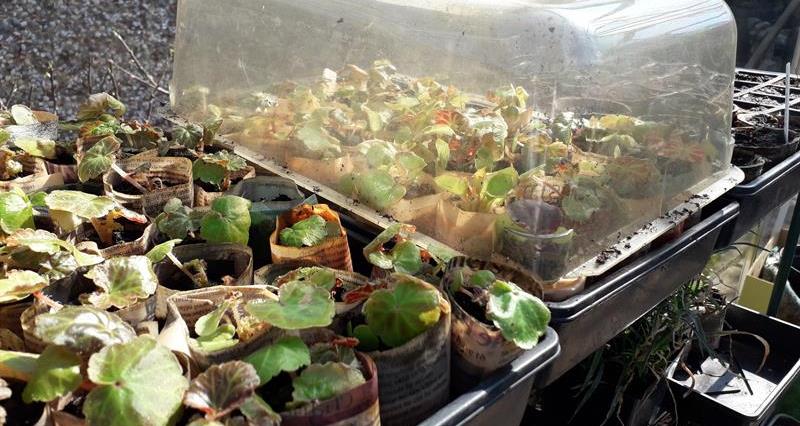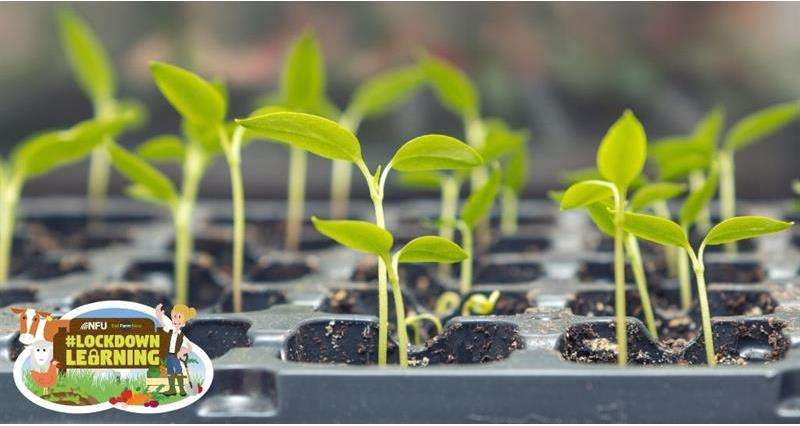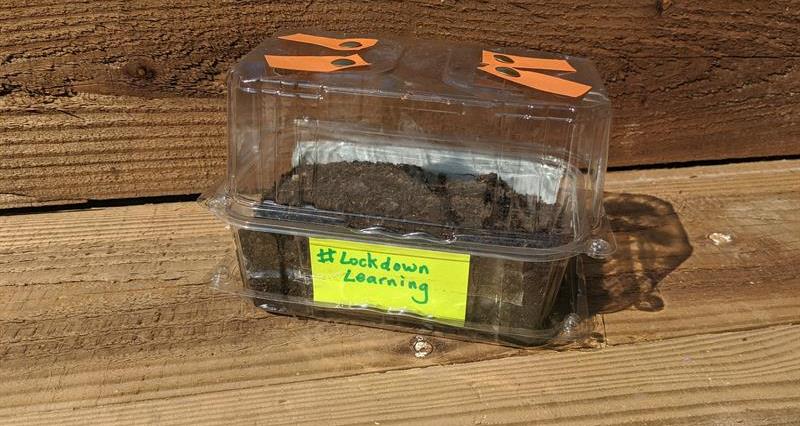You could also log onto the computer or charge up your iPad for some research. Try using search terms such as ‘propagator images’, ‘germination’, ‘heathy plants’.
Step 2: Design your propagator
Use your learning to design your propagator. Think about the recycled materials you have at home that you could use to make it. Check out the inspiration station for some ideas. You might like to make two or three designs and then choose the one you think will work best. Check your chosen design has all the features it should have: removable transparent top, air vents, waterproof bottom tray and tall enough for plants to grow.
Equipment you might need
- Clear plastic drinks bottles
- Thermometers or data logger with temperature sensors
- Plastic food packaging trays
- Scissors
- PVA glue
- Polythene
- Plastic bubble wrap
- General purpose potting compost
- Superfood seeds (broccoli, sunflower and watercress)
Step 3: time to make your propagator
Use your research and things you have learnt from the presentation to design your propagator. Think about the materials you will use to make it. The images below might give you some ideas. Don’t forget to think about what seeds you will grow inside the propagator too!


Step 4: time to grow!
Next, plant some seeds and wait for them to germinate and grow into seedlings. You might like to grow some seeds in another pot so you can compare which seeds grow faster.
Step 5: evaluate your design
Think about how quickly your seeds germinated and how healthy they look compared with those outside the propagator. How easy is it to operate the ventilator, water the seedlings and avoid overwatering? How might you improve it if you made it again?
We’d love to see your ideas and designs. You can send them to letstalkfarming@nfu.org.uk, and if you enjoy this activity, check out the current Farmvention challenges over at www.farmvention.com.
Explore
Find out more about plants with activities and videos on the #LockdownLearning channel. Keep coming back each day as we add more. You can also find fun things to do and watch about lifecycles, with sheep, pig, cow and chicken farmers.
Watch a video with TV presenter and botanist James Wong, about plant that makes popcorn.




